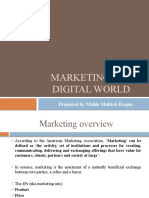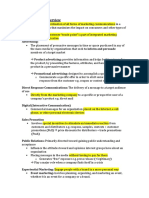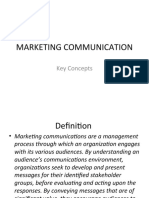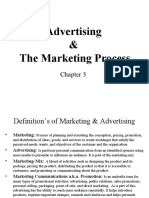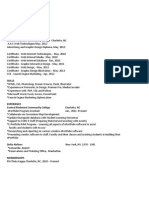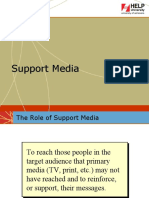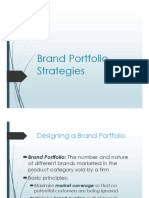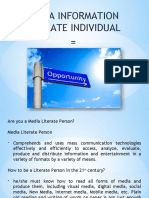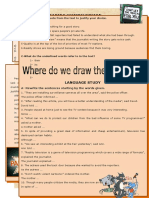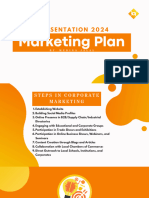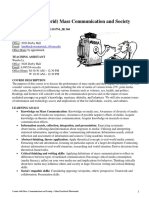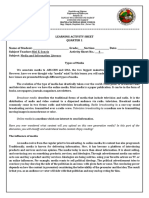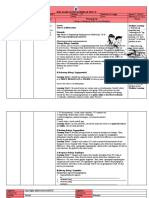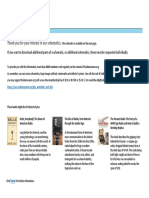0% found this document useful (0 votes)
52 views30 pagesImc Tools - Merged
how to use integrated marketing concept tools as an corporates
Uploaded by
premasisadak61Copyright
© © All Rights Reserved
We take content rights seriously. If you suspect this is your content, claim it here.
Available Formats
Download as PPTX, PDF, TXT or read online on Scribd
0% found this document useful (0 votes)
52 views30 pagesImc Tools - Merged
how to use integrated marketing concept tools as an corporates
Uploaded by
premasisadak61Copyright
© © All Rights Reserved
We take content rights seriously. If you suspect this is your content, claim it here.
Available Formats
Download as PPTX, PDF, TXT or read online on Scribd
/ 30





